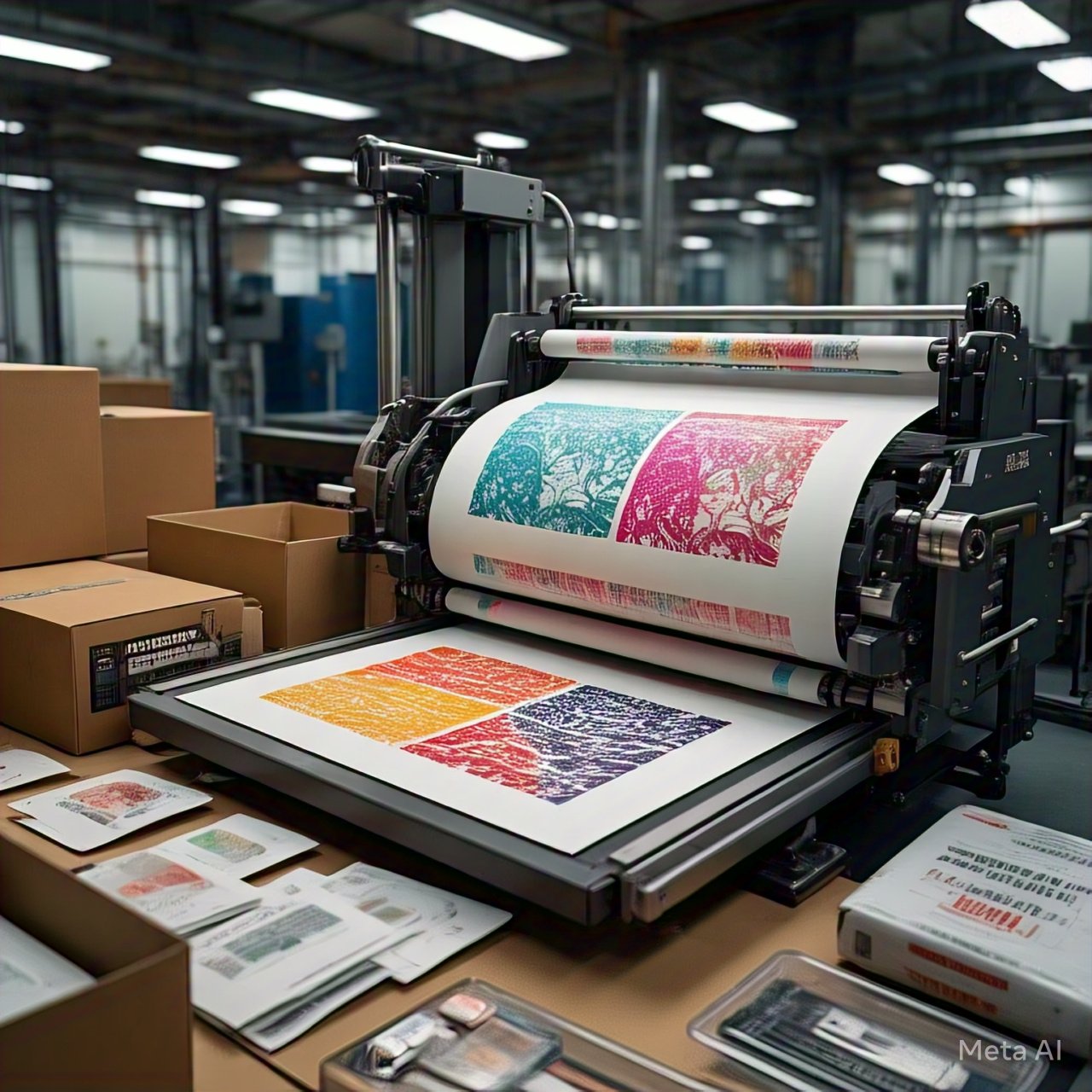The Blueprint Behind Effective Product Packaging
In the world of product presentation, a packaging box template serves as the silent architect behind every sleek, durable, and eye-catching package. These templates are the foundation upon which custom boxes are designed, die-cut, and assembled—ensuring products are not only protected during transit but also enhanced in retail appeal.
Whether you’re launching a new brand, upgrading your existing packaging, or prototyping your latest product, understanding and utilizing a well-crafted box template is essential for structural integrity, efficient printing, and cost-effective production.
What is a Packaging Box Template?
A packaging box template is a 2D, flat layout that outlines the shape, folds, flaps, cuts, and glue areas needed to create a 3D packaging structure. Think of it as the technical drawing that guides box production, much like an architect’s blueprint for a house.
Templates are usually created in vector formats (like AI, PDF, or DXF files) and are used for:
- Die-line creation
- Printing artwork alignment
- Mockup prototyping
- Machine cutting and scoring
Key Components of a Box Template
- Main Panels – Front, back, sides, top, and bottom surfaces.
- Flaps – Tabs used for sealing and securing edges.
- Glue Areas – Designated zones where adhesive is applied.
- Crease/Fold Lines – Indicate where the box should fold.
- Cut Lines – Where the box is cut out from the printed sheet.
Each line and shape is essential for the assembly and functionality of the final box.
Popular Types of Packaging Box Templates
1. Straight Tuck End (STE) Box Template
- Ideal for: Cosmetics, electronics, lightweight retail items
- Design: Both top and bottom closures tuck in the same direction.
- Benefits: Clean design, easy to assemble, professional finish
2. Reverse Tuck End (RTE) Box Template
- Ideal for: Pharma, food, supplements
- Design: Top and bottom tuck in opposite directions.
- Benefits: Compact, stackable, cost-efficient
3. Auto-Lock Bottom Box Template
- Ideal for: Heavier products like candles, jars, or electronics
- Design: Bottom flaps lock automatically for added strength.
- Benefits: Quick assembly, sturdy base
4. Mailer Box Template
- Ideal for: E-commerce, subscription boxes, apparel
- Design: Fold-over lid with front tab locking
- Benefits: Durable, shipping-ready, no tape required
5. Two-Piece Box Template (Lid and Base)
- Ideal for: Luxury packaging, gift boxes, apparel
- Design: Separate lid and tray structure
- Benefits: Premium unboxing experience, reusable
How to Use a Packaging Box Template
Step 1: Choose Your Box Style
Select a template that aligns with your product’s dimensions, weight, and branding goals.
Step 2: Download or Create a Die-Line
Use tools like Adobe Illustrator, ArtiosCAD, or online dieline generators to create or customize your box layout. You can also request one from your packaging supplier.
Step 3: Apply Your Artwork
Designers import the template into design software and overlay branding elements like logos, product information, patterns, and imagery—while staying within bleed and safety zones.
Step 4: Print & Prototype
Print on the selected paperboard or corrugated material. Use the die-line to cut, fold, and assemble a prototype for review.
Step 5: Finalize for Production
Once approved, send your dieline and artwork to a printing vendor for mass production.
Benefits of Using a Professional Box Template
- ✅ Precision: Ensures accurate cuts, folds, and glue placements
- ✅ Consistency: Maintains uniformity across large runs
- ✅ Efficiency: Reduces waste and speeds up production time
- ✅ Cost-Saving: Helps avoid design flaws and reprints
- ✅ Brand Alignment: Keeps your visual identity aligned with structural form
Where to Find Free & Custom Box Templates
Free Resources
- Packly – Instant dielines based on input dimensions
- Die Cut Templates – Free downloads of box styles in PDF, AI
- Packlane – Design tools with pre-built templates
- Template Maker – Generate custom SVG box templates for free
Custom Template Providers
- PakFactory
- The Custom Boxes
- Refine Packaging
- UPrinting
- Sticker Mule (for folding cartons)
These services allow for tailor-made templates based on your product dimensions, materials, and branding needs.
Packaging Template Materials & Print Compatibility
Box templates are used on various substrates:
- Paperboard (cardstock) – Cosmetics, retail packaging
- Corrugated cardboard – E-commerce, shipping boxes
- Rigid board – Premium and gift boxes
- Kraft paper – Eco-friendly packaging
Each material type may require specific die-cut methods, scoring techniques, and print compatibility (digital, offset, or flexographic).
Pro Tips for a Perfect Box Template
- 📏 Always measure your product precisely—including void space for padding or inserts
- 🖨️ Check print resolution and bleed margins (usually 1/8 inch or 3mm)
- 🎨 Use CMYK for printing artwork to avoid color discrepancies
- 📦 Ask for a white sample prototype before final production to ensure alignment
- 🔁 Test structural strength especially for heavier or fragile items
Applications of Custom Packaging Box Templates
- Retail packaging
- Subscription boxes
- Product launch kits
- Luxury gift sets
- Promotional items
- E-commerce shipping
- Custom Packaging
From minimalist skincare boxes to vibrant retail displays, the box template is the starting point for strategic packaging design that enhances brand experience.
Final Thoughts
A packaging box template is more than just a layout—it’s the bridge between creativity and functionality. Whether you’re a small business owner, a designer, or a packaging engineer, starting with the right template ensures precision, performance, and powerful visual storytelling.
